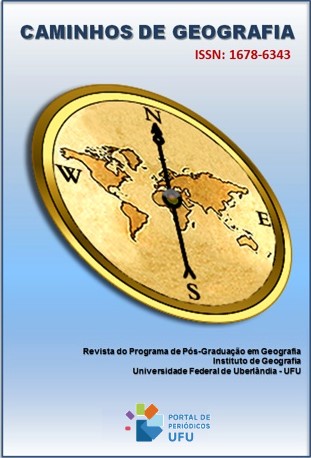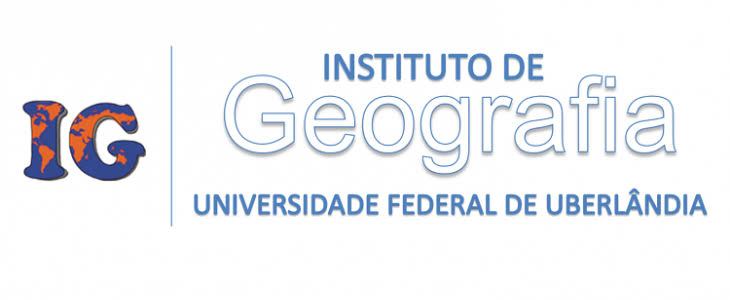LEARNING LINE: MIND MAPPING AS A TOOL IN TEACHING GEOGRAPHY
DOI:
https://doi.org/10.14393/RCG2510071024Keywords:
Active Methodologies, Teaching-learning, Field classAbstract
This text explored the role of mind mapping as a methodological tool in teaching Geography within the context of basic education. The use of mind maps in Geography learning was addressed through a comprehensive review of the literature, focusing particularly on active methodologies. The authors highlight the crucial importance of field classes, which provide an immersive and direct experience for students while reinforcing concepts learned in the classroom. To illustrate the practical application of mind mapping in Geography, the text provides a detailed case study of the cities of Oiapoque, in the state of Amapá, Brazil, and São Jorge de Oiapoque, in French Guiana. The article further expands on the use of mind maps, addressing the incorporation of more creative elements such as photography, music, and poetry. These additional pedagogical resources can significantly enrich the teaching-learning process, helping to engage students and spark their interest. The use of mind maps, together with these other pedagogical tools, provides a participatory approach in the learning environment, allowing the student to engage, in a more complete and meaningful way, with relevant geographic themes.
Downloads
Downloads
Published
How to Cite
Issue
Section
License
Copyright (c) 2024 Aldineia Nunes de Abreu, Gutemberg de Vilhena Silva

This work is licensed under a Creative Commons Attribution-NonCommercial-NoDerivatives 4.0 International License.
Autores que publicam nesta revista concordam com os seguintes termos: a) Autores mantém os direitos autorais e concedem à revista o direito de primeira publicação, com o trabalho licenciado sob a Creative Commons Atribuição-NãoComercial-SemDerivações 4.0 Internacional. b) Autores têm permissão e são estimulados a publicar e distribuir seu trabalho online (ex.: em repositórios institucionais ou na sua página pessoal), já que isso pode gerar alterações produtivas, bem como aumentar o impacto e a citação do trabalho publicado. c) Em virtude de aparecerem nesta revista de acesso público, os artigos são de uso gratuito, com atribuições próprias, em aplicações educacionais e não-comerciais.











